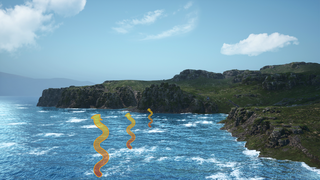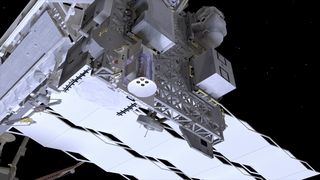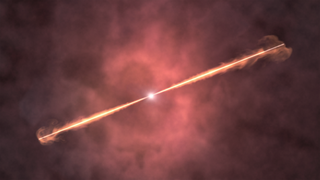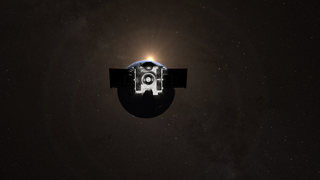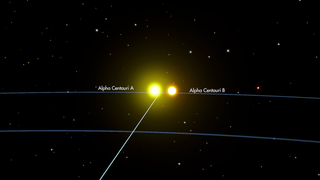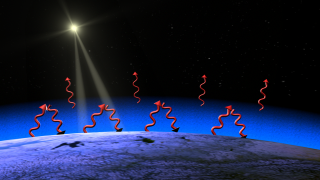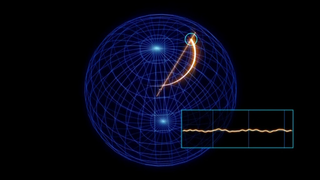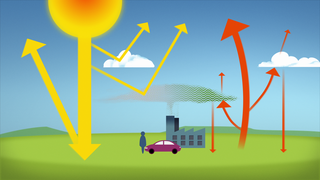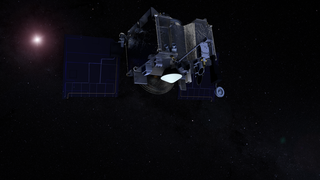Earth
ID: 20003
Heating Up the Atmosphere (Animation) - When soot absorbs sunlight, it heats the air and reduces the amount of sunlight reaching the ground, cooling the Earth's surface. The heated air makes the atmosphere unstable, creating rising air (convection) that forms clouds and brings rainfall to regions that are heavily polluted.
The increase of rising air is balanced by an increase in sinking air (subsidence) and drying. When air sinks, clouds and thus rain, cannot form creating dry conditions. Soot or black carbon is the product of low temperature burning. It is generated from industrial pollution, traffic, outdoor fires and household burning of coal and biomass fuels.
Soot Effects Rainfall
The increase of rising air is balanced by an increase in sinking air (subsidence) and drying. When air sinks, clouds and thus rain, cannot form creating dry conditions. Soot or black carbon is the product of low temperature burning. It is generated from industrial pollution, traffic, outdoor fires and household burning of coal and biomass fuels.
Animation Credits
Please give credit for this item to:
NASA/Goddard Space Flight Center Conceptual Image Lab
NASA/Goddard Space Flight Center Conceptual Image Lab
Short URL to share this page:
https://svs.gsfc.nasa.gov/20003
Goddard TV Tape:
G2002-075
Keywords:
SVS >> Byrne
SVS >> Carbon
SVS >> Clouds
SVS >> Convection
SVS >> Earth Science Conceptual
SVS >> Gonnelli
SVS >> Pollution
SVS >> Rainfall
SVS >> Soot
GCMD >> Earth Science >> Atmosphere
GCMD >> Earth Science >> Atmosphere >> Precipitation >> Rain
GCMD >> Earth Science >> Biosphere >> Ecological Dynamics >> Fire Occurrence
NASA Science >> Earth
GCMD keywords can be found on the Internet with the following citation: Olsen, L.M., G. Major, K. Shein, J. Scialdone, S. Ritz, T. Stevens, M. Morahan, A. Aleman, R. Vogel, S. Leicester, H. Weir, M. Meaux, S. Grebas, C.Solomon, M. Holland, T. Northcutt, R. A. Restrepo, R. Bilodeau, 2013. NASA/Global Change Master Directory (GCMD) Earth Science Keywords. Version 8.0.0.0.0
https://svs.gsfc.nasa.gov/20003
Goddard TV Tape:
G2002-075
Keywords:
SVS >> Byrne
SVS >> Carbon
SVS >> Clouds
SVS >> Convection
SVS >> Earth Science Conceptual
SVS >> Gonnelli
SVS >> Pollution
SVS >> Rainfall
SVS >> Soot
GCMD >> Earth Science >> Atmosphere
GCMD >> Earth Science >> Atmosphere >> Precipitation >> Rain
GCMD >> Earth Science >> Biosphere >> Ecological Dynamics >> Fire Occurrence
NASA Science >> Earth
GCMD keywords can be found on the Internet with the following citation: Olsen, L.M., G. Major, K. Shein, J. Scialdone, S. Ritz, T. Stevens, M. Morahan, A. Aleman, R. Vogel, S. Leicester, H. Weir, M. Meaux, S. Grebas, C.Solomon, M. Holland, T. Northcutt, R. A. Restrepo, R. Bilodeau, 2013. NASA/Global Change Master Directory (GCMD) Earth Science Keywords. Version 8.0.0.0.0
